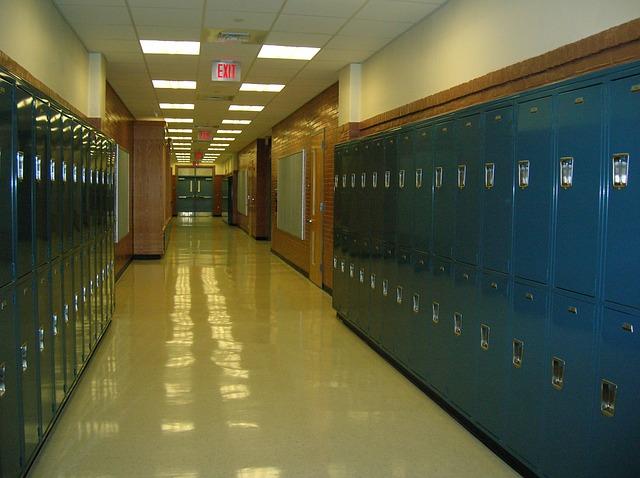Making the Case for Schools’ Role in Promoting Healthy Relationships
Some schools offer information about dating abuse and healthy relationships through assemblies, health classes or presentations from local domestic violence organizations, but how many schools are going beyond these singular events to nurture a school environment that values healthy adolescent relationships? While classroom interventions are a good start to prevention work, we know that these alone are not sufficient to invest in the change we want to see (learn more here and here). Schools have the power to make an impact by thinking comprehensively about preventing dating abuse and promoting healthy relationships in the school community. A positive school climate, a focus on developing healthy relationship skills for all students, staff development and parent engagement are the pieces of a complete prevention strategy for schools.
Schools can interweave this strategy into the work they are already doing. For example, all schools work to prevent violence, especially bullying. Imagine if schools addressed adolescent dating abuse in their overall approach to violence prevention. This would increase academic achievement and create a more positive school climate.
Another increasingly common approach to violence prevention in schools is the use of Social Emotional Learning, which incorporates social and emotional skill development with classroom learning. Eight districts in the state have incorporated lessons into their curricula, and there is interest in making this a staple in California schools. Incorporating healthy relationship education into this strategy can make it whole. In addition to developing students’ competencies around self-awareness, self-management, social awareness, and relationship skills, it can also encourage responsible decision-making (learn more here). These benefits are marked by significant economic rewards: In a report by the NoVo Foundation, a cost-benefit analysis of Social Emotional Learning programs found that for every dollar invested, there is an average return of $11. Directing funds toward prevention and the skill development of young people now would create a brighter future for our entire state.
How can we get started developing these important skills in young
people? We must first focus on the skills of teachers, school
staff and parents, to be equipping them with tools to engage
youth in conversations about relationships and role model healthy
relationships. Many domestic violence organizations offer
presentations or on-going classroom education to schools, but can
our communities do more? Yes! Parents and advocates can meet with
school leadership to communicate the importance of addressing
adolescent dating abuse. This will take a commitment to
relationship-building and resource sharing. This post just
wouldn’t be complete without a call to action: get in touch with
middle and high schools in your community and make the case for
promoting healthy relationships in schools. We’re here to help:
prior to your meeting, send the educator the joint
California School Boards Association/ Partnership policy
brief.





